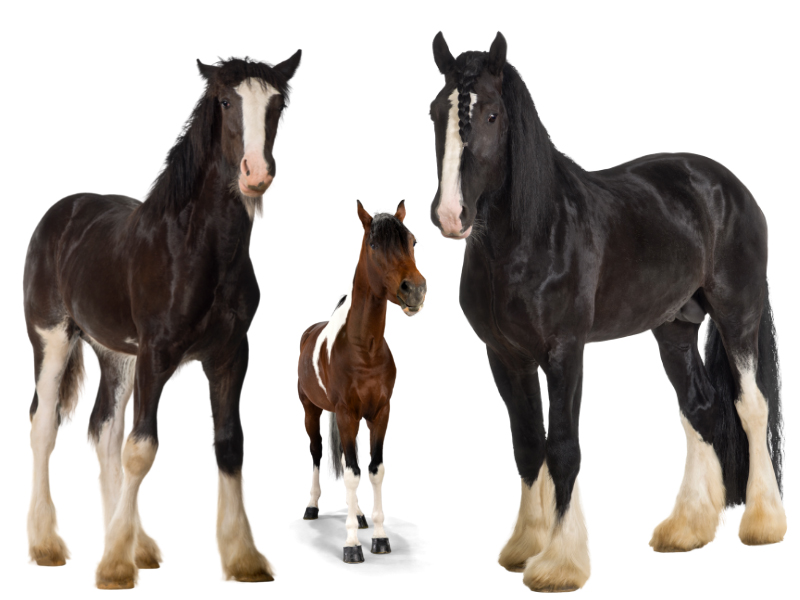15 Different Types of Ducks Around the World with Pictures
Do you know, there are different types of ducks species in the world? If you, as an ordinary person, see the bird in the pond and think this is the only duck present, you might be taken wrong. As interesting as it can get, there are different types of ducks varieties around us that we do not know till now. They all might look similar or not; you can quickly identify them if you get to know the varieties and species.
Today, let us learn all about the kinds of ducks and species here.

Ducks, Characteristics, and More:
The duck species scientific name is anas platyrhyonchos. Most of the ducks are descendants of mallards. The name for these creatures came from the Latin word platyrhynchos, which implies a flat-nosed creature similar to a duck’s bill. All the ducks belong to the Anatidae family and belong to a class of Aves.
The ducks come with a webbed form of feet that help them to swim in lakes and ponds. The long and flat bill nose allows them to scoop up vegetation, food items, and insects. The size of the duck depends and varies according to its different types and kinds. They are generally around 21-26 inches long and can weigh up to 3.5 pounds. The most notable ducks are Muscovy types of ducks, which live in North America, are approximately 30 inches long, and weigh 15 pounds.
Classifying Ducks: How are They Different from Geese and Swan
Most of us tend to get confused about the differences and classifications between types of ducks, geese, and swans. All three of them belong to the Anatidae family but are different animals altogether. Geese are larger than ducks in general, with the more elongated and extended body, legs, and neck. Ducks, on the other hand, are smaller. There are around 29 species of Goose; however, over 90 varieties of Ducks in total.
Swans and ducks, on the other hand, look in most cases similar. Both have shorter legs, dense plumage, and look so similar to those who cannot differentiate. However, the only differentiation can be in terms of the neck, for instance, where a swan has a comparatively longer neck.























